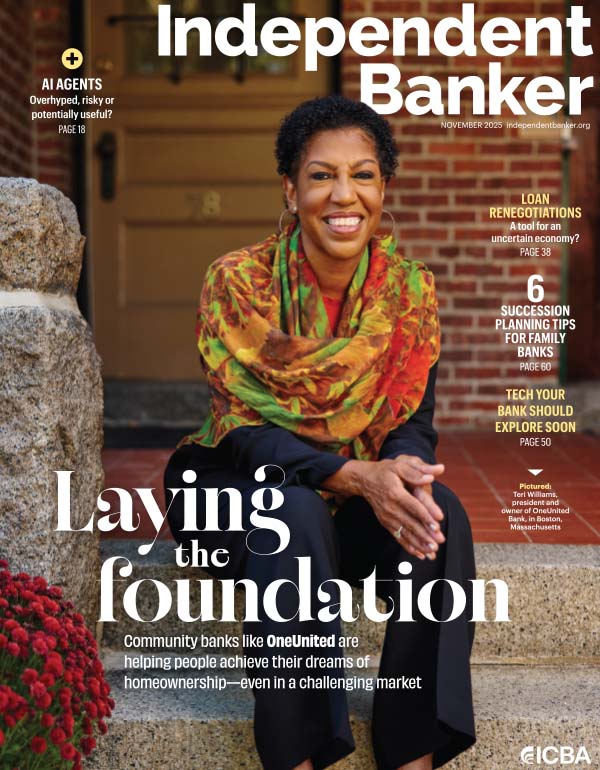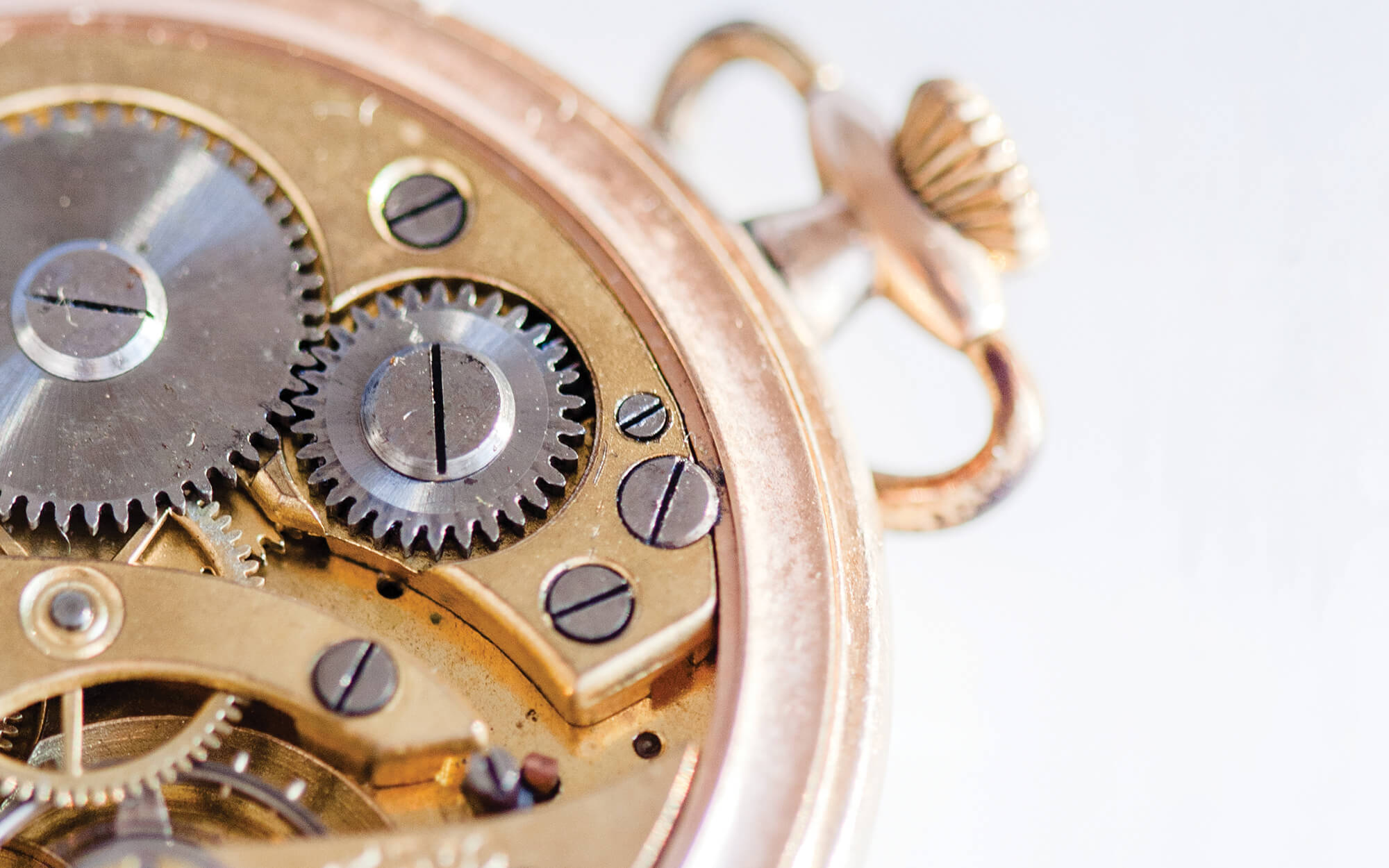Legend has it that, when traveling to the Soviet Union for a concert in 1986, Russian-born, American pianist Vladimir Horowitz answered a request for identification with the quip “My face is my passport.” It should be noted that this isn’t a recommended strategy for dealing with border officials today, who tend to take their work extremely seriously and are reluctant to accept anything as a passport other than, well, a passport.
Opening a bank account in today’s South Africa, however, would probably get the Horowitz seal of approval. Up until recently, the country’s Financial Intelligence Centre Act (FICA) regulations were notorious for their requirements regarding the paperwork needed to open an account. Today, ID verification can be as simple as uploading a selfie from a phone.
It’s possible thanks to the integration of banking systems with South Africa’s Department of Home Affairs (DHA) National Population Register. Registration is compulsory for citizens and permanent residents and involves the capture of biometric information, specifically fingerprints and photographs.
Since the adoption of the biometric database, the DHA has partnered with third parties to access records for verification purposes, and Johannesburg-based First National Bank, a part of $111 billion-asset First Rand Group, seized the opportunity to improve the way it onboards customers.
Giuseppe Virgillito, head of Banking App at First National Bank, says the adoption of facial recognition was part of a larger strategy to “prioritize helpful banking and remove friction to create seamless, safe and market-leading banking solutions.” While he won’t say how many people have used the feature, Virgillito says it has been a success and helped cement the bank’s reputation as a disruptor in the industry.
Selfies as a form of identification are unlikely to catch on in the U.S. anytime soon, as regulators and banks alike view facial recognition as a far more controversial subject. As an example of the potential for the Internet of Things (IoT) to change the sector, however, the First National Bank use case is striking.
Welcome to the new age
The phrase Internet of Things was coined around the turn of the century. Although it’s been a hot topic of interest in technology circles for two decades, it’s just coming of age today. Many financial innovations have made use of IoT to be successful, particularly in portable payments and point-of-sale devices like Verifone mPOS or Square.
It’s driving innovation in the wider world of fintech, too. Specialist lenders like $734 billion-asset Standard Chartered in the U.K. are developing solutions that allow them to track customers’ inventory as it moves through the supply chain for the purposes of insurance and finance.
Darya Shmat is the business development manager for Itransition, a software company in Denver that creates solutions for banks. Right now, Shmat says, traditional financial institutions have a large appetite for all things digital, and retail banks in particular are the most “forward-looking.”
“Wearables have the most potential for refining customer experience right now,” he says, “Devices like fitness trackers and smartwatches have become ingrained in the everyday life of millions. When deployed in banking IoT networks, they can present a wealth of opportunities to financial institutions and their customers alike.”
A whole new world
Contactless payments, such as tapping a watch on a terminal to complete a transaction, is the next big milestone in the U.S., Shmat says, but there are many more opportunities to take advantage of.
“Banks can send out routine account balance notifications, reminders about due payments or alerts on the risks of overdraft,” he says. “Rest assured, these messages will be read, as they are practically impossible to overlook when you actually wear the device.”
Shmat also points to the potential for using data captured via IoT devices like wearables for greater security. Heartbeat patterns and voice authentication can all be used for “silent authentication,” adding an extra layer of verification to the traditional account code and passphrase when contacting a call center, for example. Techniques are well understood and already in use at major insurers around the world.
Another example of successful innovation, Shmat says, is Citibank’s use of beacon technology in its branches. Beacons are low-power broadcast devices that connect with nearby mobile phones or wearables to provide services based on the device’s location. They are becoming popular in shopping malls for targeting advertising and offers at shoppers that relate to their surroundings. Citibank uses beacons to identify customers and to allow them access to after-hours ATM lobbies, as well as for sending personalized messages.
Not all experiments with beacons have been successful, however. Westpac Bank, a $602 billion-asset bank in New Zealand ran trials of the technology as far back as 2014 but decided not to adopt it on a wide scale. So, how should community banks target their investments?
“The key to cost-effective IoT transformation is being rational about every move,” Shmat says. “Institutions need to plan with their customers’ needs at the core. This way, it’s possible to both avoid unnecessary changes and enhance the customer journey. After deciding on essential alterations, mapping out a budget-friendly transformation should not be a problem.”
“The most promising [IoT] implementation goals for banks are personalization and improved customer services, both online and offline,” says Denis Novikov, deputy director of business development at Qulix Systems, a software vendor and IT consultancy based in Burton, England.
“Smaller banks are likely to serve one or a few niches and have a more specific buyer persona,” he adds. “It can help them select primary investment areas for IoT, be it the diversification of payment methods or offering first-class assistance at the physical bank’s office.”
Fast followers
Community banks starting an IoT strategy today can learn a lot from banks that have already tested the technology. Enabling customers to transact via voice assistants, such as Amazon’s Alexa or Apple’s Siri, has proven appeal and an established development track.
Less obvious uses for IoT data include harnessing closed-circuit television cameras and location information from customer apps to map out the best places for installing ATMs, Novikov adds.
One of the most remarkable uses of IoT in banking was developed by $4.5 billion-asset Idea Bank of Poland. For several years, it ran a fleet of cars that customers could summon, Uber-style, via a mobile app. The cars contained secure ATMs, allowing customers to make cash deposits.
While initially popular, Idea Bank spokeswoman Anna Snitko-Pleszko says that rapid adoption of cashless payments in the past few years has rendered the cars out of fashion, but that hasn’t dampened the organization’s thirst for IoT innovation.
“We have focused on working out new solutions for our clients,” she says. In April 2019, the bank introduced the #ideapay Kasoterminal in cooperation with point-of-sale solution provider iPOS. “It is a novelty on the fiscal devices market,” Snitko-Pleszko adds. “One small device performs three functions necessary for all retail companies: fiscal device, payment terminal and sales management platform. Thanks to this combination, entrepreneurs can offer their customers both cash and card payments and monitor results and inventory on an ongoing basis practically from anywhere they want.”
Finding the right fintech partner is also important. Arlette Warmerdam is a spokesperson for FINN, a Dutch IoT startup that has been part of ING Lab’s fintech accelerator for several years. FINN has developed an open-source platform for IoT-based payments transactions to enable machine-to-machine payments in the IoT to happen securely.
“Autonomous payments will become more important in the coming years, when more and more machines are talking to each other,” she says.
“The companies we’ve worked with range from a cleaning machine company and a smart home lease company to a car wash, a smart olive oil bottle [manufacturer] and many, many more.”
There are many opportunities for community banks to take advantage of the fact that their customers have more and more IoT devices, which they expect to work seamlessly, Warmerdam says.
“IoT is a new market,” she says, “one where the customer will also be interacting with your brand. The possibilities are endless.”






